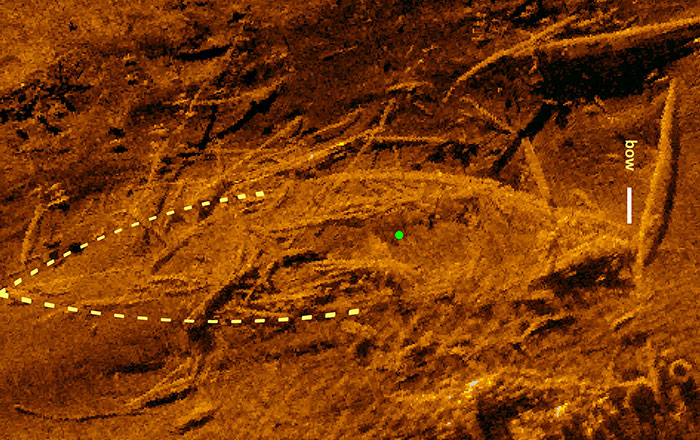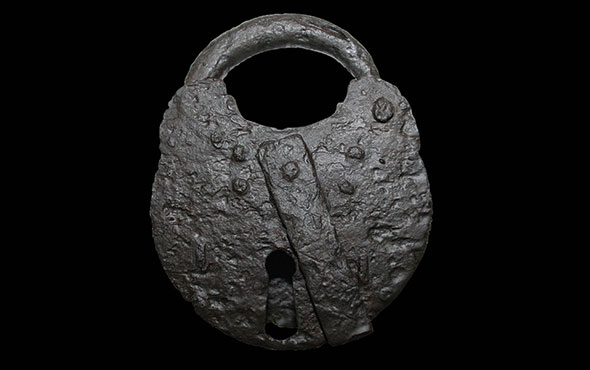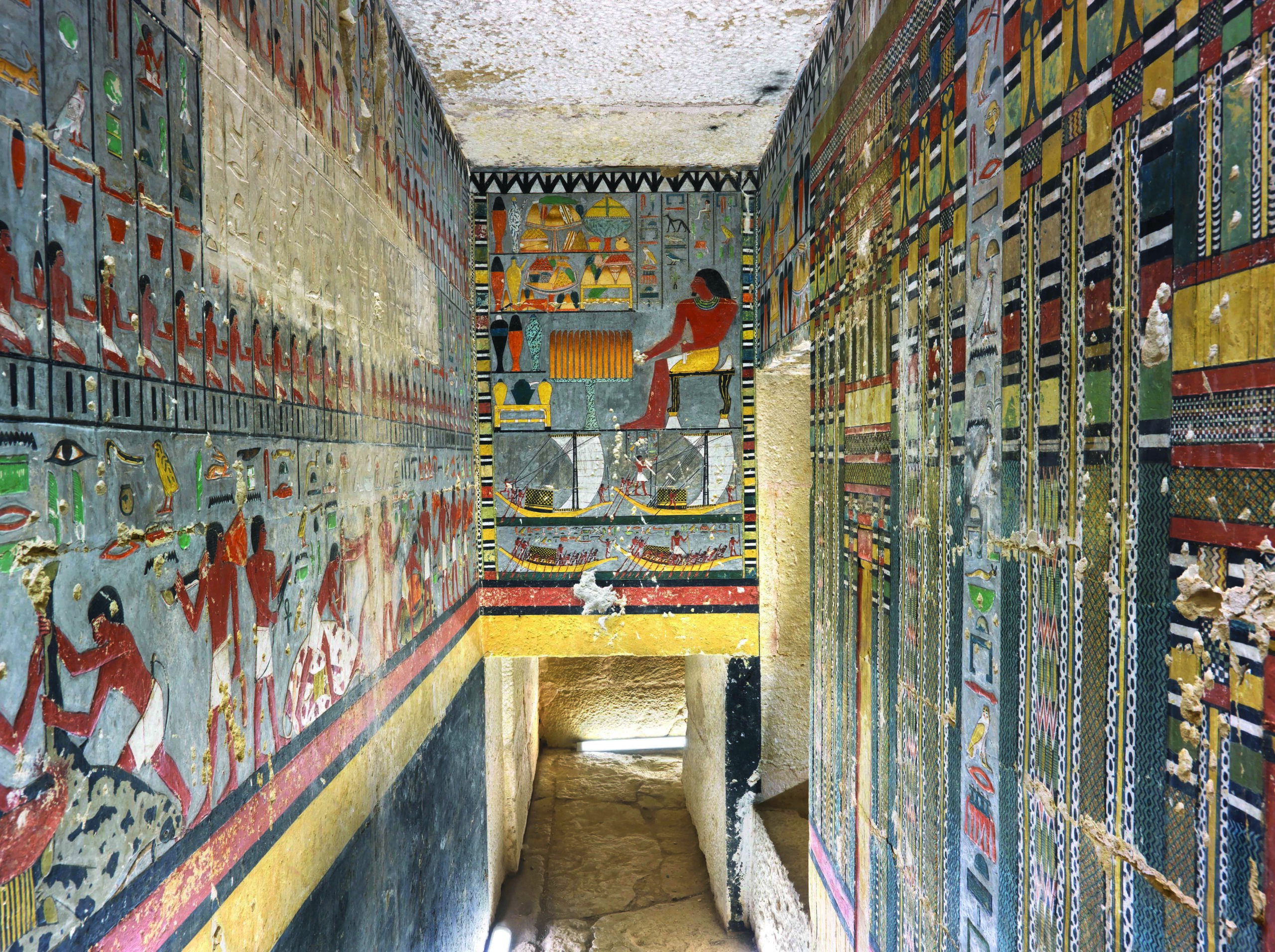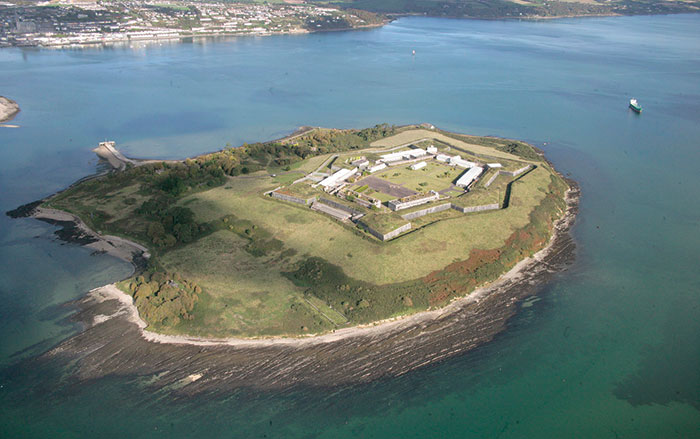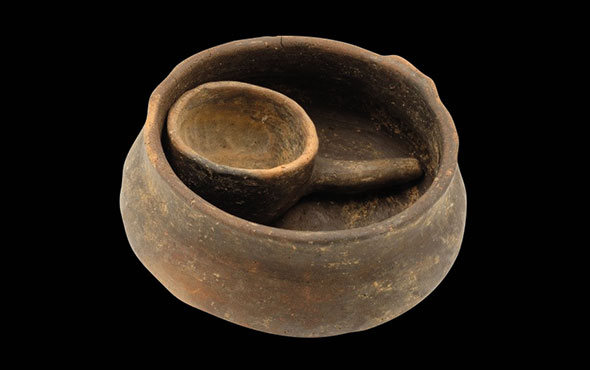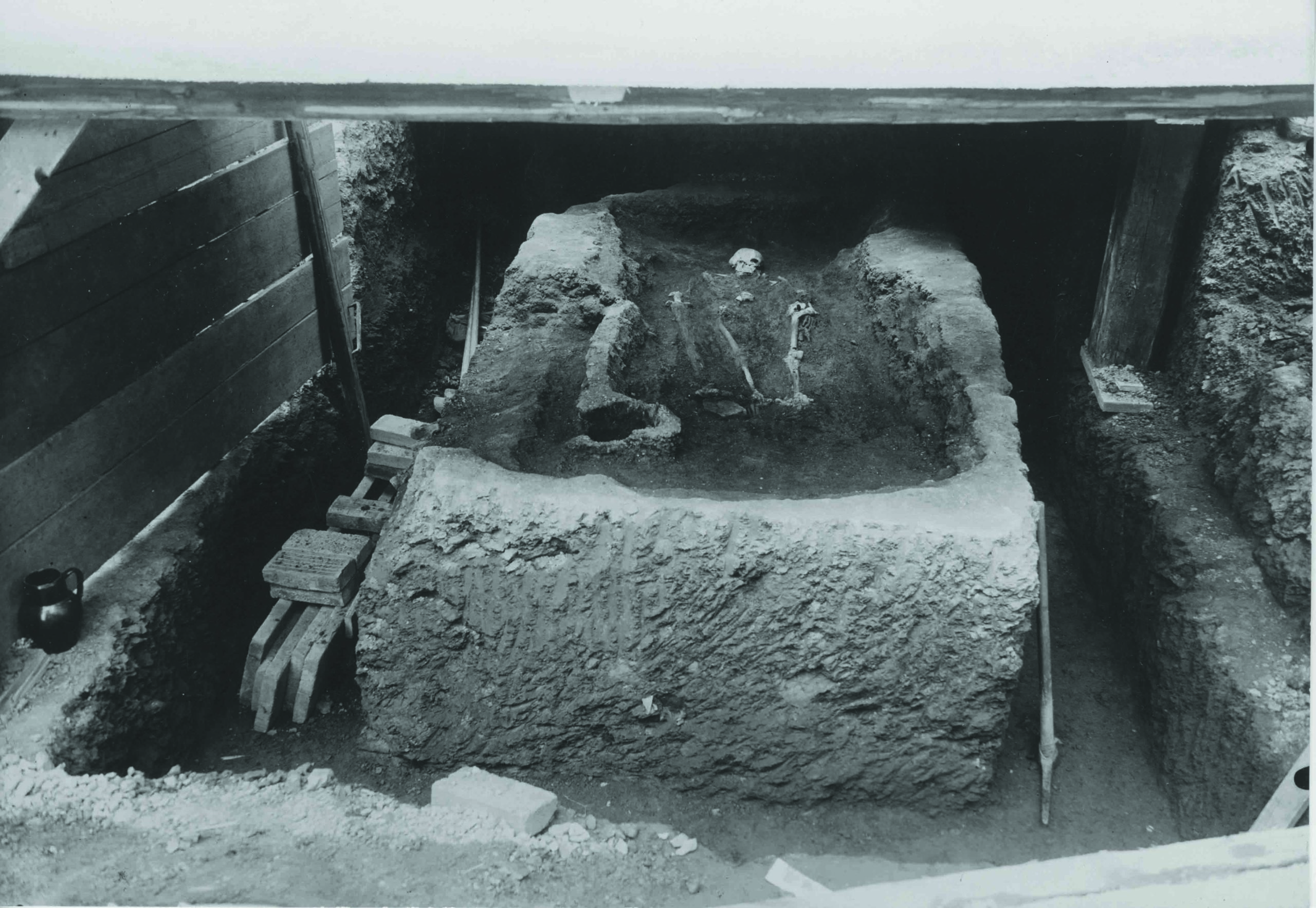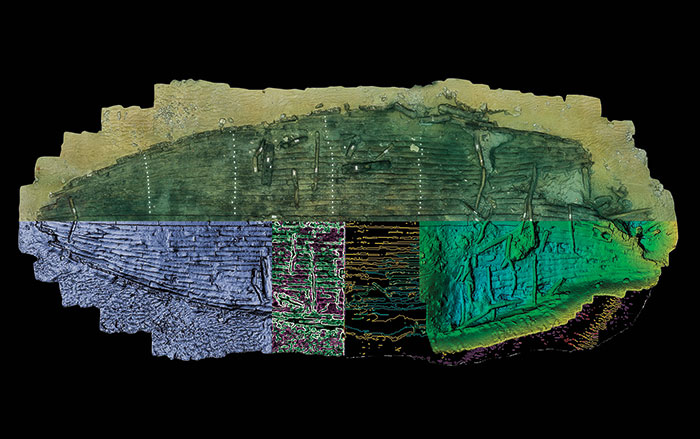
NEWCASTLE UPON TYNE, ENGLAND—According to a BBC News report, research conducted by Hannah Durkin of Newcastle University has identified Matilda McCrear as one of the last survivors of the transatlantic slave trade. Captured by slave traders in West Africa at the age of two, McCrear arrived in Alabama on the slave ship Clotilda in 1860. The ship is thought to have been scuttled shortly after its arrival in Mobile Bay in an effort to destroy evidence of the journey, because the importation of slaves to the United States had been outlawed in 1808. McCrear, her mother, and one of her three sisters who made the journey were purchased by the same plantation owner, Memorable Walker Creagh. After the abolition of slavery in the United States in 1865, the family worked as sharecroppers. Durkin said McCrear changed her surname, and had a common-law marriage with a white German-born man. They had 14 children. At the age of 70, McCrear was interviewed by the Selma Times-Journal after she and Sally “Redoshi” Smith, another Clotilda survivor, made a claim for compensation for their enslavement at the county courthouse, which was dismissed. McCrear died in Selma, Alabama, in January of 1940. Sally “Redoshi” Smith died in 1937, and Oluale Kossala, also known as Cudjo Lewis, another known Clotilda survivor, died in 1935. For more, go to "The Case for Clotilda."


